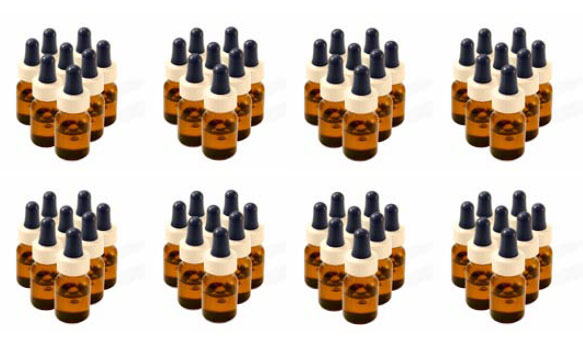Tech Report
Perfect batch-to-batch reproducibility in your mixer.

Technology Brief
In order to produce consistently high quality mixtures, a repeatable batching and cleaning procedure must be established. But the best time to ensure batch-to-batch reproducibility is before the mixing equipment is even purchased. This bulletin outlines some useful considerations for mixer selection.
Consistent mixing
A reliable mixing process achieves uniformity within a batch and replicates that same level of homogeneity in succeeding runs. Batch-to-batch reproducibility is indeed crucial for product quality. Density, viscosity, pH, drug content, taste, texture, color, appearance, conductivity, tensile strength - these properties are all intimately influenced by the mixing process. Inconsistencies in the mixing operation and finished mixture result in unnecessary costs and delays due to corrections, rework, consumer complaints, rejects, etc.
The best time to ensure batch-to-batch reproducibility is before you even purchase your mixer. Below are some useful considerations.
Take control.
Many mixing applications are process-dependent. One example is when the order of ingredient additions affects end product quality. The operating procedure must properly outline these details along with agitator speeds and duration of each mixing stage, temperature set points, vacuum level, etc. Yet, even with a complete set of batching instructions in place, differences in operator behavior can still come into play.
In applications where a very high degree of reproducibility is required, an integrated recipe control system is recommended to minimize operator dependent variables. Such an automated control system communicates not just with the mixer but also with auxiliary equipment (heating/cooling unit, vacuum pump, weighing station, feeding equipment, etc.). A controls designer familiar with mixing systems can help you balance your need for accuracy, consistency and reliability against your need to control costs. Ideally, the controls designer should communicate closely with the process equipment manufacturers throughout the project and not just in the closing phase. If their designs evolve in tandem, they`re likely to produce much better results.
Rinse and repeat.
Just like the mixing cycle, the cleaning procedure must also repeatable. Ask about mixer features that will accommodate trouble-free clean-up such as sealing arrangements, clean-in-place spray systems, high polish on product wetted parts, access to agitators, elimination of `dead spaces` in the mixing zone, sub-surface powder injection for dusty solids, discharge systems, etc. These and other mixer features may be customized to match your specific requirements. A mixer that can be cleaned easily and completely is already half-way to making consistently well-mixed batches.
Don`t guess, test.
Today, many different styles of mixing equipment overlap in function. A careful evaluation of your mixer options will help ensure that batch-to-batch reproducibility is achieved in the most cost-effective manner. Perform simulation trials to confirm a new mixing strategy or reevaluate an existing process. Demonstration runs utilizing your own raw materials can be performed at the mixer manufacturer`s laboratory or testing center. These trials are supervised by a mixing engineer and you can observe how the mixer is operated, learn useful techniques and identify any potential issues. But to really establish a standard mixing procedure and jumpstart operator training, consider rental equipment. Normally, it takes months to build full-scale equipment. While waiting for your new mixer to be delivered and installed, a trial/rental unit will enable you to perform mixing experiments at your convenience and develop processing routines under normalized operating conditions in your facility.
Sample Application: Thermal Compounds

The preparation of a thermally conductive viscous paste in a Ross Planetary Dual Disperser starts off by heating the mix vessel and blending the liquid resins under vacuum. Fillers are then added and mixed incrementally. For each powder addition, deep vacuum is established and maintained for five minutes before the planetary stirrer blades and high speed dispersers are turned on. This mixing procedure produces uniform, air-free paste from one batchto the next.